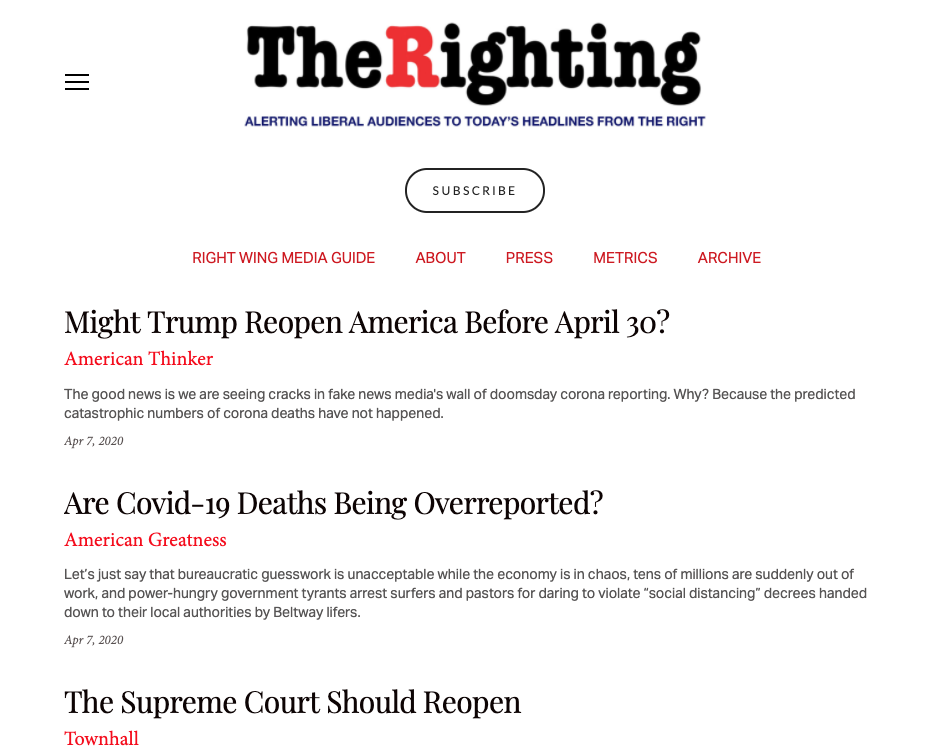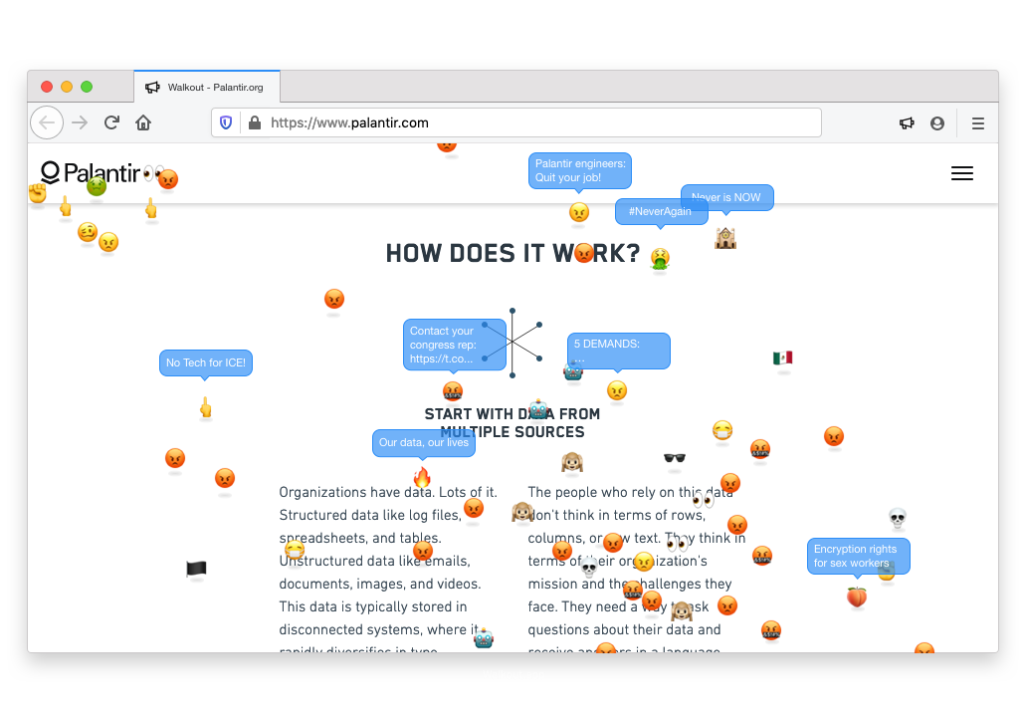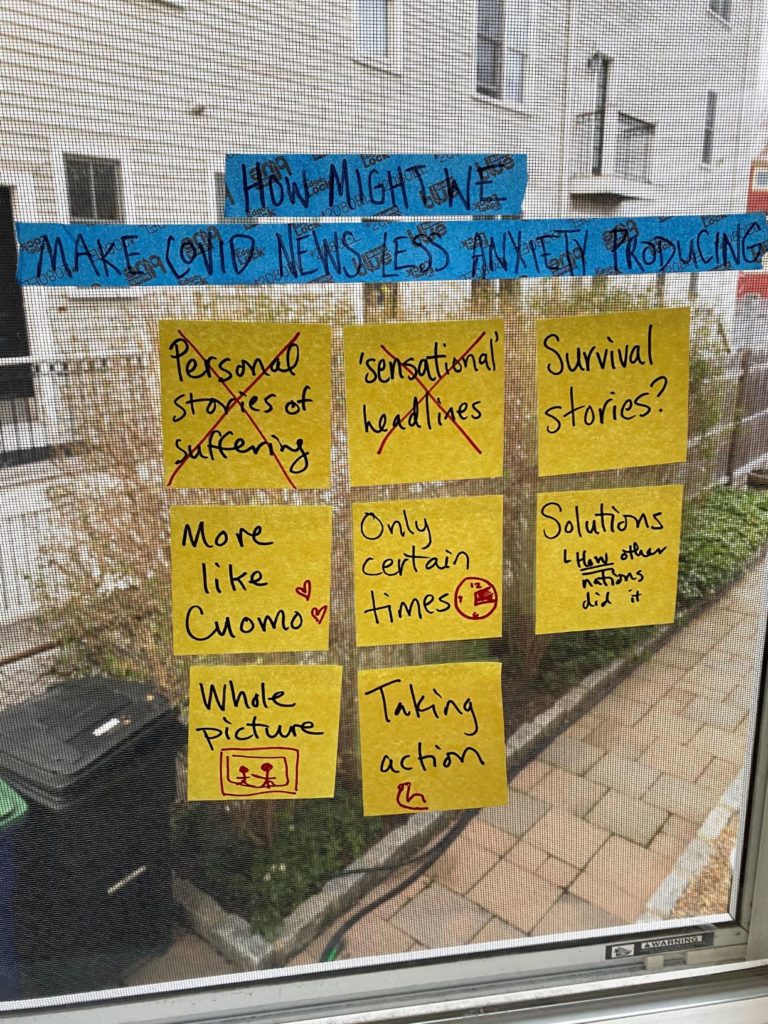By Jess Eng and Rachel Auslander
The comment section needs a makeover. Readers today often comment on news articles or videos without thinking twice about what they write, or considering whether their comments will stifle productive conversations. Comment sections often have no filter, which leads to an abundance of trolls and angry commentators. In an open comment space without direction for what the user should think about when commenting, the potential for context collapse is huge. Users approach the comment section from an infinite array of angles, from posting questions to paragraphs of personal anecdotes to debates with other users. The wealth and diversity of content in the comment section generally leads to confusion among readers, rather than increased understanding of an article or point of view of the commenter.
The typical user who flocks to the comment section most likely comes from a specific demographic. The Engaging News Project at the University of Texas at Austin found that frequent users of the comment section are 64% more likely to be men and 53% less likely to have a high school education than those who rarely engage with the comment section [1]. How can we diversify who participates in the comment section and contextualize comment sections to promote helpful discourse? Through this project, we want to explore why other users are not engaging in the comment section, through interviews, prototype testing and other methods.
News outlets have widely recognized that unfiltered comment sections can result in toxicity and trolls. NPR found that only 1% of its readership participated in its comment section, so it removed the comment section from its website. Vice News and USA Today also eliminated their comment sections. In a letter to their readers in 2016, Vice News said the following: “Unfortunately, website comments sections are rarely at their best. Without moderators or fancy algorithms, they are prone to anarchy.” News outlets that still use comment sections have to relentlessly moderate the comment section, which is no easy task and difficult to scale.
Existing comment plug-ins such as Disqus and IntenseDebate are popular on many smaller media and news outlets, but they are optimized for the volume of discussion rather than the health of a discussion. These plug-ins prompt users with “Join the discussion” and “Leave a comment…”. These open prompts do not ensure that users are on the same page about what a helpful response would be, or inform users how to communicate why they may hold a certain perspective. Designing a user friendly, mindful comment plug-in is no easy task. One comment plug-in startup, Civil, shuttered after a few years in production. The most successful comment assistant to date, Coral by Vox Media, is oriented around moderating discussions and uplifting journalists’ voices in a conversation, rather than promoting healthy discourse from the start of the commenting process.
To solve this problem, we wonder: How might we turn the once dreaded comment section into a forum for civil discussion and healthy online dialogue? How might we create a positive user experience when reading an article, contextualize discussions in a single space to reduce context collapse, and increase the diversity of comment section users?
Ultimately, our goal for this project is to design, prototype, and build a comment plug-in that stimulates mindful discussion through curated prompts and suggestions.






